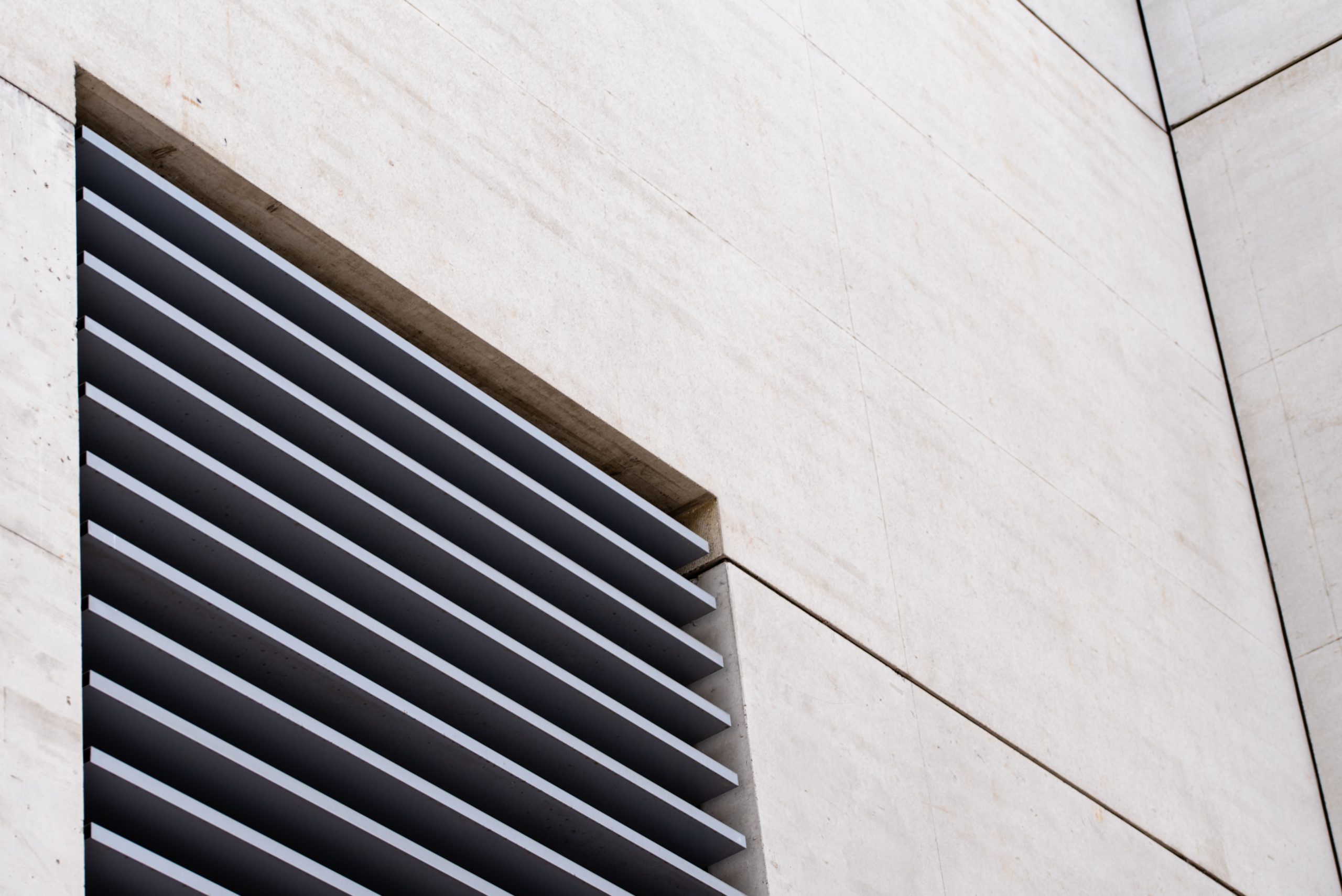
12 Jun Workplace Air Quality Matters More Than Ever: What You Need To Know
Employees should be safe while on the job; that includes healthy air quality. Although laws and policies exist to protect workers, problems with air quality on the job are often overlooked. Breathing unhealthy air at work can be dangerous, but it’s also preventable. In a recent study conducted by Harvard University, researchers found that every time you double the rate of outdoor air delivered into an office, worker performance improves by 1.7% across four simulated office tasks: text typing, addition, proofreading, and creative thinking. It’s no surprise, then, that an analysis of sick leave data for more than 3,000 workers across 40 buildings found that 57% of all sick leave was attributable to poor ventilation.
Of course, it’s not just air quality that drives health and performance. A study of workers found that they reported more headaches and worked 6.5% more slowly on a typing test when they were in an office with a pollution source. The “pollution source” in question? A dirty carpet. The amount of indoor nature and views matter, too. Young adults in an office designed following biophilic design principles had lower blood pressure, lower heart rates, and better performance on short-term memory tests. Making sure each foundation is up to par with our current healthy building standards is key to both stopping the spread of infectious disease, and setting up a successful workforce.
Applying administrative controls
Here, the big picture focus should be on de-densifying your buildings and maintaining social distancing (e.g., staying six feet apart). You can do this through both time and space. By limiting who comes to your office (substitution), you’ve already taken one step. You can do more by getting clever with your scheduling. Consider extending operating hours and asking employees to come in shifts. Running a two-shift operation — say, six a.m. to 12 p.m., and one p.m. to seven p.m. with an hour of deep cleaning in between, instantly cuts the occupant density by half. Not everyone needs to arrive right at the start of their shift. Staggering arrival and departure times, even by 10 minutes, can prevent traffic jams at the elevators and common areas. Another option is to alternate work-from-home and office days, using A/B days, so that only half your company is in the building on any one day.
This tactic also mitigates exposure to rush hour crunches in public transportation. In addition, because one unfortunate fallout of the virus is an economic slowdown, layoffs may lead to higher vacancies in office space, retail stores, restaurants, hotels, and more. This means there is a lot of “unused” space in most commercial buildings, and now is a good time to repurpose it. Move desks into conference rooms and common areas to spread out your workforce. In terms of meetings, any gathering with more than 10 people should be virtual for the near term. For essential in-person meetings, you can slide your chairs back and keep to the edges of the room. If you’re at a conference table, leave a chair open between each person. Skip the handshakes, and wash your hands immediately before and after each meeting.
Increasing Air Flow
According to the latest guidelines issued by the American Society of Heating and Air-Conditioning Engineers (ASHAE), ventilation and filtration provided by heating, ventilating, and air-conditioning systems can reduce the airborne concentration of SARS-CoV-2 and thus the risk of transmission through the air. Unconditioned spaces can cause thermal stress to people that may be directly life-threatening and that may also lower resistance to infection. In general, disabling of heating, ventilating, and air-conditioning systems is not a recommended measure to reduce the transmission of the virus.
Using personal protective equipment (PPE)
Although it’s been called the least effective control measure, personal protective equipment is a mitigation effort that could yield results. Employees should be wearing a mask on their way to and from work, and also as they enter the building and walk through common areas and take the elevators. Wearing a mask protects others and the wearer.
Finally, remember that no one control strategy is sufficient. You have to think about this in terms of a layered defense, doing everything you can to minimize the risk.
